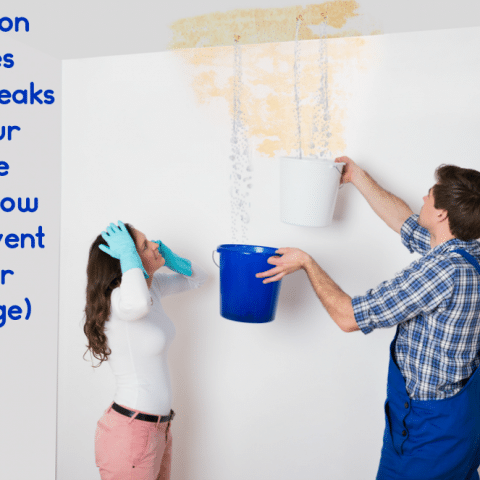6 Ways to Locate Hidden Water Leaks in Your Residence
6 Ways to Locate Hidden Water Leaks in Your Residence
Blog Article
They are making a few good pointers related to Top leak detection hacks in general in the content further down.

Early detection of leaking water lines can alleviate a possible calamity. Some little water leaks may not be visible.
1. Examine the Water Meter
Every residence has a water meter. Examining it is a guaranteed way that assists you uncover leakages. For beginners, shut off all the water sources. Make sure nobody will certainly purge, utilize the faucet, shower, run the washing machine or dishwasher. From there, most likely to the meter and also watch if it will transform. Since nobody is utilizing it, there should be no movements. If it relocates, that shows a fast-moving leak. If you discover no modifications, wait an hour or two and check back again. This means you may have a slow-moving leakage that might also be below ground.
2. Check Water Consumption
If you find sudden changes, regardless of your usage being the same, it suggests that you have leakages in your plumbing system. An unexpected spike in your bill suggests a fast-moving leak.
A stable rise every month, also with the exact same practices, reveals you have a sluggish leakage that's additionally gradually escalating. Call a plumber to extensively inspect your building, specifically if you really feel a warm location on your floor with piping underneath.
3. Do a Food Coloring Test
When it comes to water consumption, 30% comes from bathrooms. If the shade somehow infiltrates your bowl during that time without flushing, there's a leakage between the tank and also dish.
4. Asses Outside Lines
Don't fail to remember to examine your outdoor water lines too. Test spigots by connecting a yard hose. Ought to water leak out of the connection, you have a loose rubber gasket. Change this as well as guarantee all links are limited. If you have actually obtained a sprinkler system, it will help get it expertly took a look at as well as preserved every year. One tiny leak can waste tons of water and spike your water bill.
5. Inspect and also Assess the Scenario
Home owners must make it a routine to inspect under the sink counters and even inside cupboards for any kind of bad odor or mold and mildew growth. These 2 red flags show a leak so timely interest is needed. Doing routine evaluations, also bi-annually, can save you from a significant trouble.
Examine for discolorations and also deteriorating as a lot of pipelines and devices have a life expectancy. If you think leaking water lines in your plumbing system, do not wait for it to intensify.
Early discovery of leaking water lines can alleviate a possible catastrophe. Some small water leakages might not be visible. Inspecting it is a guaranteed way that helps you discover leakages. One little leakage can waste loads of water and also surge your water costs.
If you believe dripping water lines in your plumbing system, don't wait for it to intensify.
WARNING SIGNS OF WATER LEAKAGE BEHIND THE WALL
PERSISTENT MUSTY ODORS
As water slowly drips from a leaky pipe inside the wall, flooring and sheetrock stay damp and develop an odor similar to wet cardboard. It generates a musty smell that can help you find hidden leaks.
MOLD IN UNUSUAL AREAS
Mold usually grows in wet areas like kitchens, baths and laundry rooms. If you spot the stuff on walls or baseboards in other rooms of the house, it’s a good indicator of undetected water leaks.
STAINS THAT GROW
When mold thrives around a leaky pipe, it sometimes takes hold on the inside surface of the affected wall. A growing stain on otherwise clean sheetrock is often your sign of a hidden plumbing problem.
PEELING OR BUBBLING WALLPAPER / PAINT
This clue is easy to miss in rooms that don’t get much use. When you see wallpaper separating along seams or paint bubbling or flaking off the wall, blame sheetrock that stays wet because of an undetected leak.
BUCKLED CEILINGS AND STAINED FLOORS
If ceilings or floors in bathrooms, kitchens or laundry areas develop structural problems, don’t rule out constant damp inside the walls. Wet sheetrock can affect adjacent framing, flooring and ceilings.
https://www.servicemasterbyzaba.com/blog/how-to-detect-water-leakage-in-walls/

We were guided to that editorial about Leaking water lines through someone on a different web blog. Are you aware of somebody else who is excited about the topic? Take a moment to promote it. Thanks a bunch for your time. Come back soon.
Report this page